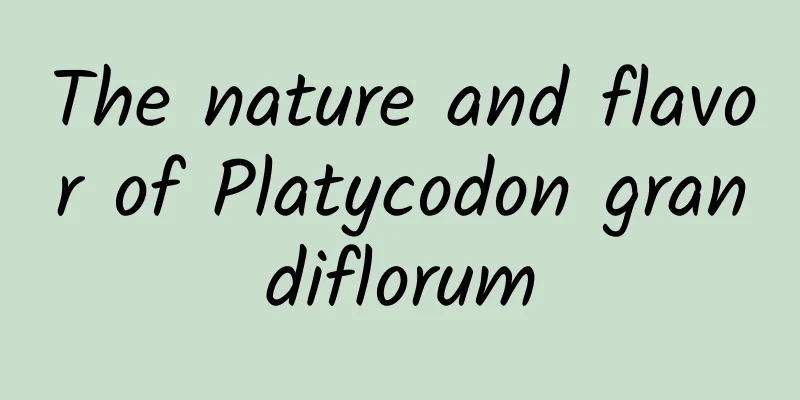What are the effects of Di Ren?

|
Di Ren is a kind of plant Chinese medicine with high medicinal value. It can treat some human diseases and also achieve health care effects. Regular consumption of Di Ren can stop bleeding and treat some male diseases. It can achieve the effect of invigorating qi and replenishing essence, which is very beneficial to the body. It can also nourish blood. It can be decocted into medicinal soup for consumption, or used to make wine. [Plant morphology] A creeping subshrub with loose leaves. The stems are multi-branched, creeping close to the ground, and are 10 to 30 cm long. The leaves are opposite, ovate, obovate or elliptical, 1~3 cm long, 8~20 mm wide, with short pointed apex, rounded base, 3~5 main veins, and only sparse coarse hairs on the leaf edges and dorsal veins; the petiole is 2~4 mm long. It blooms in summer and autumn; the flowers are bisexual, 1 to 3 flowers grow at the end of the branches, about 2.5 cm in diameter; the calyx tube is about 5 mm long, covered with short coarse hairs, the sepals are lanceolate, shorter than the calyx tube; there are 5 petals, obovate, purple-red, 1 to 1.4 cm long; there are 10 stamens, the anthers are L-dehiscent at the top, with an elongated and 2-lobed connective, and the ovary is inferior with 5 chambers. The berries are spherical, about 7 mm in diameter, purple-black when ripe, and covered with coarse hairs. [Distribution] Grown on acidic soil in mountain grass slopes, forest edges and bushes. Distributed in Guangdong and areas south of the Yangtze River basin. [Harvesting and processing] Can be harvested throughout the year. Dig out the roots, wash them, cut them into short sections and dry them in the sun. [Properties of the medicinal material] Irregular cylindrical short segments, often curved, with branches, 3 to 6 cm long, 4 to 12 mm in diameter, grayish white or yellowish white in surface, smooth or with fine wrinkles, and light red in color after the cork peels off. It is hard and not easy to break. The cross section is light reddish brown with slightly radial texture and a small reddish brown pith in the center. Slight smell, light taste and slightly astringent. [Nature and flavor and meridians] It is neutral in nature, slightly sour and astringent in taste. It enters the lung meridian, spleen meridian and liver meridian. 【Effects and Functions】 Promote blood circulation and dredge meridians, astringe and stop bleeding. It is an astringent hemostatic drug under the category of hemostatic drugs. [Clinical application] The dosage is 5~30 grams, decocted and taken orally. It is used to treat rheumatic pain, low back pain, postpartum abdominal pain, metrorrhagia, and bleeding from trauma. 【Main ingredients】 Contains phenols, tannins, amino acids and sugars. [Contraindications] Use with caution in pregnant women. |
<<: Cabinda bark has these effects
>>: What is the effect of bitter girl?
Recommend
Across 4,600 kilometers! Space-ground integrated quantum communication
The space-ground integrated quantum communication...
Today is National Cancer Day. Early screening for these four types of cancer is really useful!
Today is April 15th, also National Cancer Day. No...
Mobile phones are so far ahead, it turns out that satellites are the scapegoat
Comes with satellite phone! Ahead of the curve! T...
Hot search! Many people are looking for oyster sauce in the kitchen these days...
Oyster sauce is one of the indispensable seasonin...
The efficacy and function of Mopan grass
Do you know what millstone grass is? If you know,...
What is the role of vitamin B12
Nowadays, people pay more attention to their phys...
How long is the validity period of Jiaogulan
Gynostemma pentaphyllum is one of the most common...
The efficacy and function of Brahman Gleditsia sinensis
Brahmannia root is a very familiar medicinal mate...
The efficacy and function of snake basil
The medical value of snake plant is beyond our im...
The efficacy and function of the iron begonia flower
As a very common Chinese medicinal material in da...
The efficacy and role of lead
Traditional Chinese medicine lead is often used b...
What are the effects and functions of black tiger
Speaking of black tiger, I believe everyone is ve...
For the first time, humans have predicted in advance that a probe is about to pass through the comet's tail. Let's take a look at what this comet looks like!
ESA's Solar Orbiter will pass through the tai...
Huh? Music also has "fingerprints"! This is how the song recognition function is implemented →
Everyone may have had this experience. Hearing a ...









